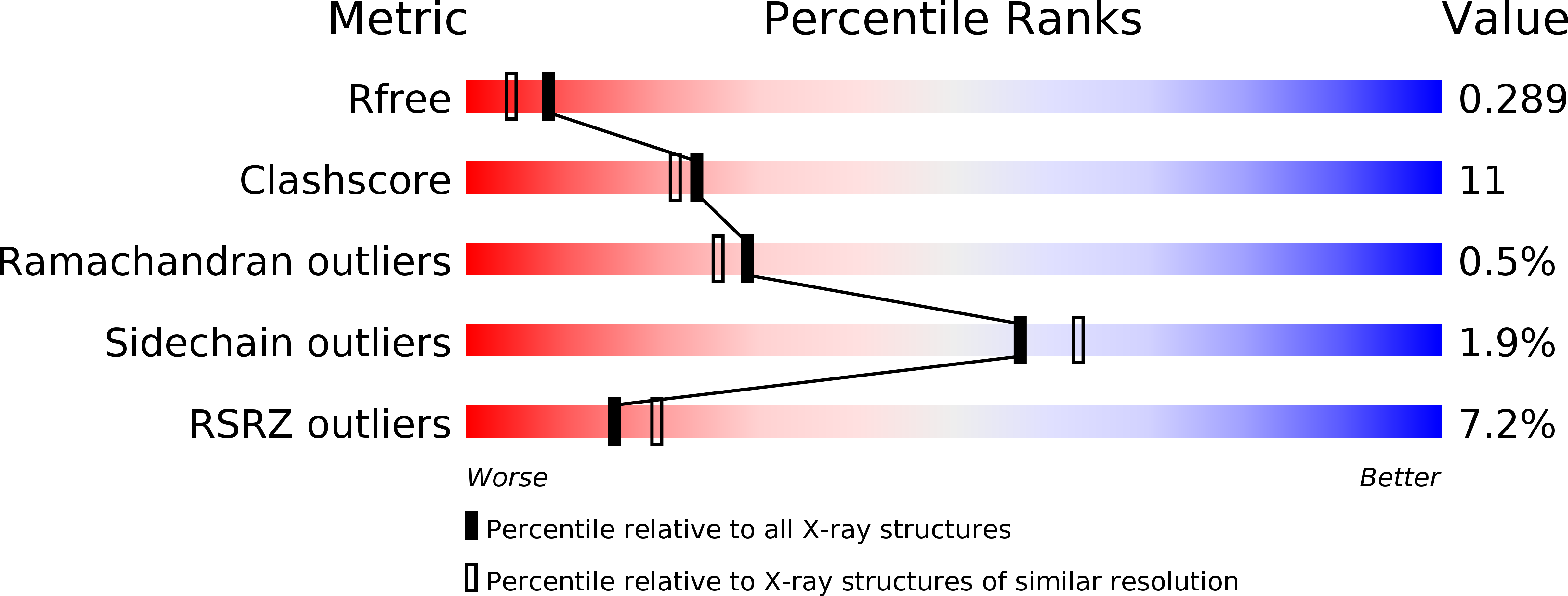
Deposition Date
2001-11-12
Release Date
2001-11-28
Last Version Date
2024-10-30
Entry Detail
PDB ID:
1KD9
Keywords:
Title:
X-RAY STRUCTURE OF THE COILED COIL GCN4 ACID BASE HETERODIMER ACID-d12La16L BASE-d12La16L
Biological Source:
Source Organism:
Method Details:
Experimental Method:
Resolution:
2.10 Å
R-Value Free:
0.29
R-Value Work:
0.24
Space Group:
P 41 21 2


